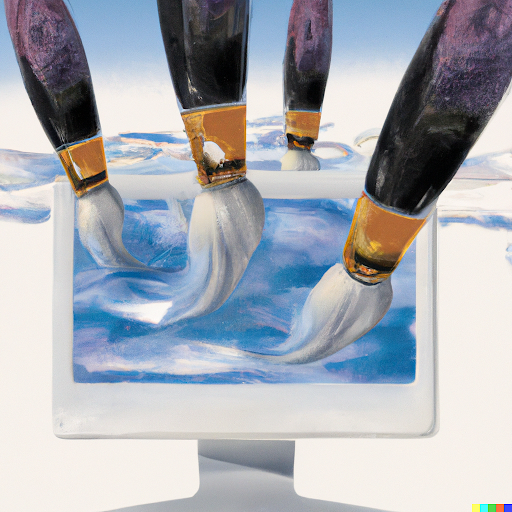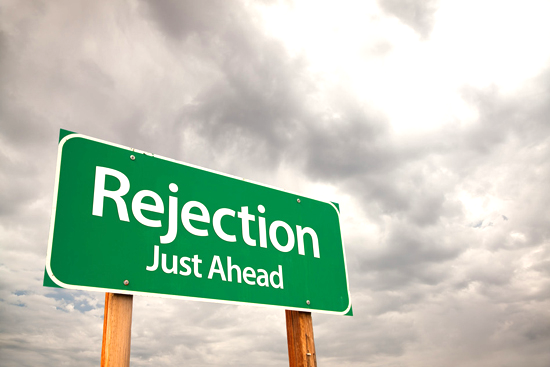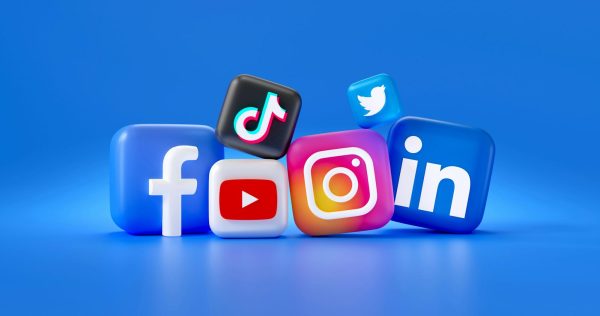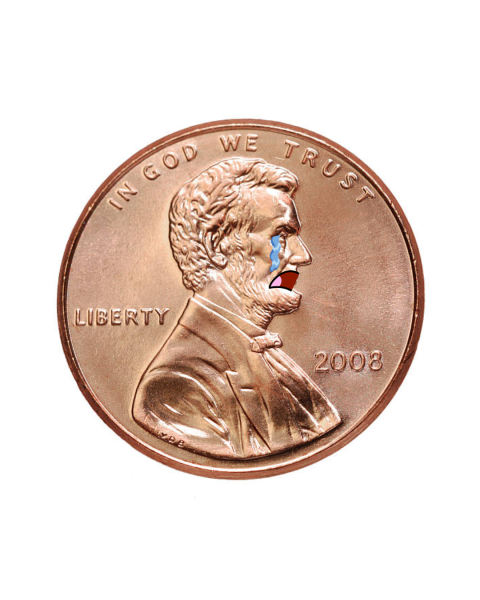Keep the “art” out of Artificial Intelligence

image created by DALLE-2
The growth of Artificial Intelligence (AI) has accelerated rapidly in recent years, outpacing previous decades. Advancements in machine learning algorithms, access to vast amounts of data and increased computing power have enabled AI to make significant progress in a wide range of areas, including speech and image recognition, natural language processing and decision making. This growth has enabled AI to be more widely adopted across various industries, leading to increased efficiency and productivity.
To demonstrate how advanced AI has become, I ran a simple prompt through ChatGPT, possibly the most famous chatbot currently available, to output the previous paragraph. That’s right, everything you just read was done by a machine.
If that sounds impressive or absurd, fear not: you are not alone. According to a 2022 study by Pew Research, 37% are more concerned and 45% feel equally concerned and excited with regards to the future of AI.
New technologies open new possibilities. AI programs can do things that it seemed only a couple of years ago, we never thought to be possible.
The question I often think to myself is what the usage of these programs should be. At some point, there will need to be boundaries set. How much control over industry do we grant to artificial intelligence and in what area(s) can they safely and successfully thrive?
This brings us to the topic at hand: AI generated artwork.
AI art functions by analyzing thousands upon thousands of images to copy certain aesthetic styles and create something from scratch. Historically, AI has been widely used to fix errors or make changes to pre-existing items, but more recently we’ve seen a complete creative takeover by AI as programs have been getting good enough to make seemingly original pieces.
DALL-E is an example of one of those programs and ironically, it was what was used to create the image for this story.
According to Acumen Research and Consulting, the generative AI market size will achieve 110 billion USD by 2030 growing at 34.3% CAGR. For reference, in 2021 the market for AI art was worth just 7.9 billion. Thus, there is a clear market for more AI generated art.
I view AI art extremely negatively. I could talk about the boring lighting that’s often used, the unoriginal style, the crappy textures and usage of color but I won’t because the truth is that most of those issues will fade away with time as technology gets better and better. What I would like to focus on isn’t the art in of itself but rather, the entire idea of artificially generated artwork.
When you walk the halls of the Art Institute and look at something like Hopper’s Nighthawks or Picasso’s The Old Guitar, the beauty of the art is often looking at the intricate details and creative decisions. Every stroke of the paintbrush was done by someone and that someone had a message, a purpose; these images carry stories. That level of depth and mystery is gone when it’s churned out by a computer program.
AI art removes the entire mystery of the art. Sure, it’s fun to look at but I would argue that art is much much more than just aesthetically pleasing images. Art often makes some sort of social statement whether it be a reflection of the times, a societal critique or something so abstract and profound that it cannot be put into words. AI art fails at this mission because you cannot generate emotions and experiences digitally.
There’s no originality and no soul to any of it. A computer will never create something with the elegance and character of something like a Walt Whitman piece. Everything that a computer generates is at its most basic level, nothing more than 1’s and 0’s; a fabrication of a fabrication of a fabrication. In short: it’s fake.
But artwork isn’t the only thing to be concerned with. What happens when robots can create Pulitzer Prize winning novels and long running television shows starring randomly generated actors? Will it get to a point where the majority of the media we consume will be artificially generated and if so, how does that reflect our society and our views on art?
I firmly believe in the separation of the more humanistic areas of life with artificial intelligence. When there’s no humanity attached to a body of art, it loses any sense of artistic merit, there’s nothing actually there. Sure, all bodies of work are based on previous ones to an extent (you can argue that every “hero’s journey” story is just a rehash of the epic of Gilgamesh), but the human experiences of the creators is what gives them life.
Ahmed Elgammal, the founder of the Art and Artificial Intelligence Laboratory at Rutgers University said in an interview in 2020, “there will always be a human in the loop. You can’t imagine a scenario where a human is left behind and the machine is taking over creativity because humans are the consumers of this creativity at the end.”
I’ll stop you right there, Ahmed.
Saying that something is humanistic because humans consume it is an illogical argument. The point isn’t about who is consuming it but rather, how it is created in the first place. If the only interaction a human has with a piece of art is by consuming it, then we have just become more of a slave to the technology that produced said piece of art.
There’s no Dubliners without James Joyce’s childhood experiences, there’s no Starry Night without Van Gough.
Art is a beautiful thumbprint of what it means to be human. Speaking frankly, the incorporation of machines into art is a move away from originality and expressionism, and towards soulless consumerism.



